In January 1969, before Neil Armstrong stepped upon the surface of the Moon, but lasting until well after Harrison Schmidt returned to Earth, there was an unsuccessful fiction about traveling through space, colonizing worlds, and fighting invaders. Like the Lunar trips, it was very much a product of its times, but they were not all good times.
The story is set in the 31st century, the Brotherhood of the Badoon (the evil baboons, obviously) conquer the Solar System, including Earth. They are green, lizard-skinned short humanoids. Fifties style alien enemies.
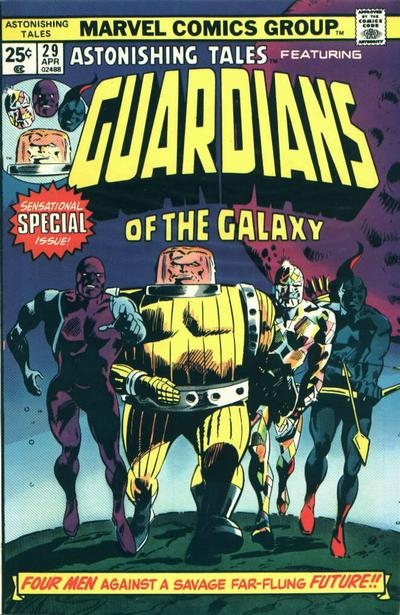
That really is how they started and they would change faster than Atlas-Seaboard characters. Like Captain Comet, the not-a-superhero look does not sell superhero comics.
If you’re getting a sense of déjà vu you’ll find there’s a lot of it about the place. Arnold Drake made this, he also made Deadman and Doom Patrol, and two out of three will have to do.
Most of our population is gone, whole colonies have been destroyed, and the few who are left have been enslaved. What happens now?
A rag-tag army starting with a few people must provide the backbone of a resistance against the oppressor. That has worked in thousands of stories so no one’s going to notice if we add another one.
So far, so good. But what quixotic quartet do they come up with?
Leader of the group is Vance Astro, who went through High School with that name. Somehow, he lived and became an astronaut, Major Vance Astro. He became the first person to fly to the stars, specifically, Alpha Centauri. It took him 1,000 years in suspended animation. He dumped his girlfriend over the phone (with a video link) as he was being packed in ice for the voyage.
Where did this guy get his sense of timing?
When he got to Alpha Centauri he discovered the rest of humanity beat him there but for some reason (they thought he was a dick?) they couldn’t revive him when they caught up to him.
Alpha Centauri is about 4 light years away. A light year is something less that 6,000,000 miles but let’s assume he had to go around something. That’s a total distance of 24,000,000 miles in 1,000 years, or 24,000 miles a year. If it’s not a leap year there are about 8,760 hours in any given year. 24,000 divided by 8760 means he was going, let’s round up, 2.73 miles an hour.
I could have walked there faster than he he went!
On the plus side, while he was in suspended animation he picked up telekinesis – somehow. I guess he had plenty of time.
Oh, on the down side, if he tears his uniform he will age that whole thousand years all at once and, not surprisingly, die.
This is a really bad party trick. It also means in any combat the character can never be wounded or he dies. Kind of cuts down on the drama. Also, he’s a man out of time, the last member of the 20th century, who adjusts quickly, like Captain America who he patterns himself after.
The colony on Jupiter was destroyed. The sole survivor is genetically engineered to live on Jupiter. I don’t know where to start. They keep talking about how Jupiter has the 3 times gravity and 11 times mass of Earth and how he was one of a genetically modified species to survive on Jupiter. The mass should not be an issue, it’s gravity. He should have the strength of 3 normal Earth men. How he would survive 384 mile an hour winds Jupiter has, I don’t know, the comic never told me.
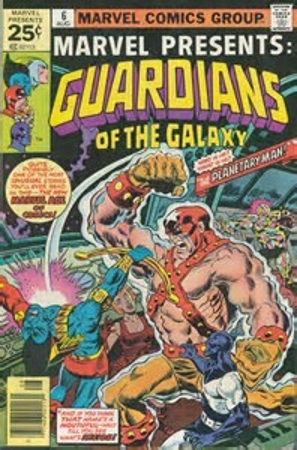
If you’re a soldier, why would you take off your shirt and put on a mask when your identity is already well known?
His name is Charlie-27. Is he the son of John-27 and Martha-27? Were they proud their son would be the sole survivor of their unimaginatively derivative species?
There’s another member, Martinex T’Naga, who’s from Pluto. When it’s mentioned he’s a Plutonian his immediate response is, “You mean ‘rock head’ don’t you?”
Not when I started. But the way you’re mouthing off, I’m thinking about it.
Martinex T’Naga is another engineered species. His skin is some kind of crystal which can convert lightwaves into bursts of heat or cold. How he makes cold out of energy without any venting system for excess heat, but I have the same question about the Iceman, whom he resembles.
And by the way, if the Navi are Native Americans, then Martinex T’Naga…is – wait, what?
Martinex can insert a button into his head, by which I mean he hides a control button inside the skin of his head (I don’t know if he technically has a skull) so he can send an electronic signal to trigger a booby trap to kill a lot of Badoon.
And he can survive. The rest of his people were killed by the Badoon too, also, as well, in addition to.
Martinex is a scientist. Every cheap science fiction team needs a scientist who has no discernible field of expertise except the one he needs for current story purposes.
And the fourth member, Yondu. You see his name and something like his likeness in the movie but forget all that. The original Yondu isn’t a space pirate who gives lousy expository dialogue, he is more like an Avatar character, a figure in Rousseau’s fervid imagination. He is a noble savage, an outsider not corrupted by civilization, and he is mute. He is also an empathic weapons master, which is kind of weird. ‘I will stab you but I will feel your pain.’
Again, it’s the noble savage thing about how they care deeply about the animals they kill in slow and painful ways because they are so in tune with the higher power that binds us all together (yes, it’s the Force without the Midichlorians unless you think the force is in the blood physically). All noble savages are secret vegetarians.
Yondu has a bow and shoulder quiver of arrows and when he looses an arrow he can control the direction of its flight by whistling. This works because the arrows are made of Yaka, a metal only found on Centauri IV and clearly not on the table of elements. (If it is an alloy, it can be made anywhere.)
Yondu’s people were killed and he is the last of them.
And this highlights the biggest problem with the original Guardians of the Galaxy: four last members of their people manage to meet, team up, and face the most incompetent conquerors in all of space. Take two ordinary dice and try to roll a seven four times in a row. See how long it takes you to get four sevens in a row. See you tomorrow.
Back? Good. Did you get four in a row? Sorry about that.
The Guardians don’t suffer to get their powers, they just have them. What price do they pay? Destruction of their people, like Superman suffered? No. The Guardians lost their people to the Badoon, an enemy they can get revenge on. Krypton’s death is unexplained – when the story is changed to create an assassin who killed Krypton it doesn’t take. In Man of Steel the collapse seems to have been due to pollution and exhaustion of resources so that is not going to take.
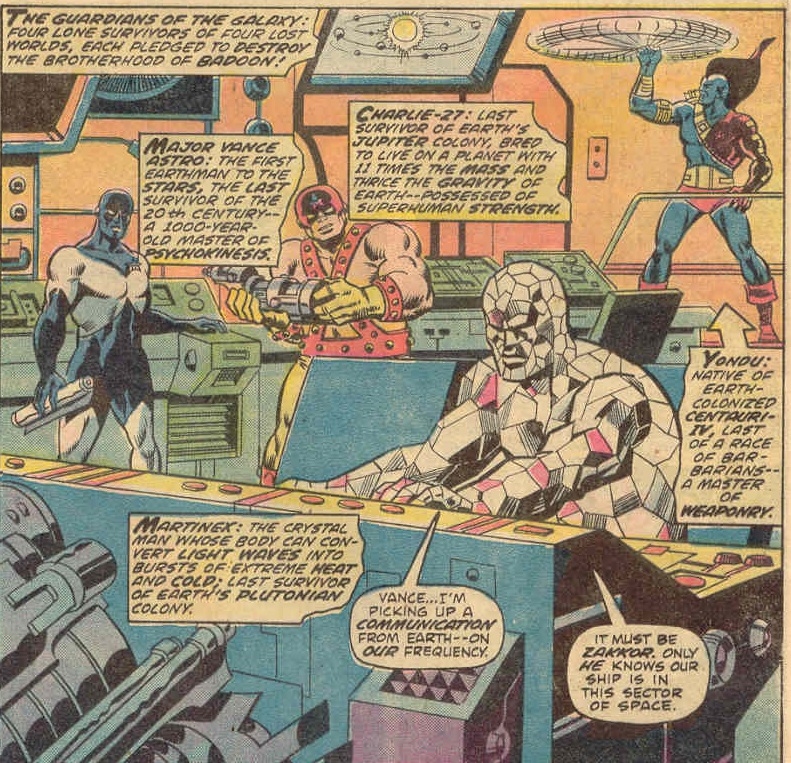
These are last survivors of their species, every single one of them. They will have to adopt.
Oh, and you don’t have frequencies exclusive to your radio communications, you just use frequencies and anyone can join in.
Also, are radio waves directional in the future? They should just go in all directs and you pick them up or you don’t.
This is the same problem the X-Men have. Little wonder it’s the X-Men who suffer the most are the most popular. Wolverine is top of the list. But look at Cyclops, popular in the comics where he worries about his optic blasts but not in the movies where they are a danger to others in a scene rather than an overriding fear he deals with like a diabetic deals with sugar.
Is there a downside to any of the powers of the Guardians? No. They don’t go blind like Daredevil or Dr Mid-Nite. Charlie-27 gets extra strength by coming from a heavy gravity world, but Martinex isn’t weakened by coming from a light gravity world.
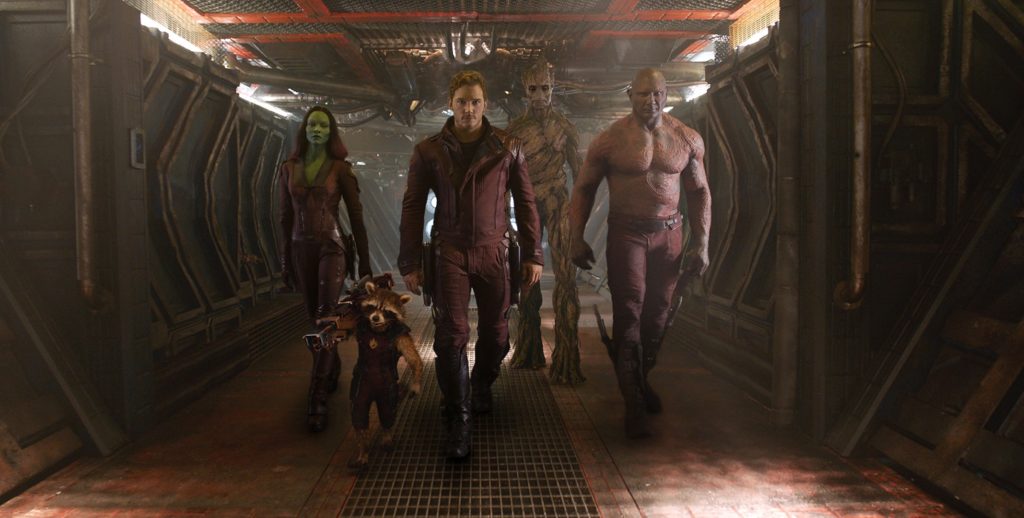
These Guardians pay personally for their role and do so in individual ways. Two have issues with their opposite gendered parent, one with the death of family, one is nuts, one is hard to figure out. You figure out which is which.
The motives of the characters is often unclear. Initially they want to fight the Badoon in the name of their people. Avenging their own people is quickly subsumed as the team becomes their people. But at no time does anyone seem to recognize that this happens.
And there is no element of a war story, here. There is no sense of strategically loosening the Badoon hold on various systems. There are just missions in one place or another to do one thing or another.
There was a lot good with Guardians of the Galaxy, first version. But like the X-Men it took a long evolution to really get the formula right. The best thing about Guardians was they were kicking around the Galaxy. If they could just start exploring and filling in the background, the stories would get a lot more interesting. Only they didn’t do that.
What Marvel did was an old stand-by of having guest stars. Unfortunately, the guest stars were – and everyone knew it – the Guardians. With Captain America, the Thing, the Defenders, the Avengers, the X-Men, and the Fantastic Four around, the Guardians were the also-rans. Face it, they were on the guest star circuit and only somebody in the office decided to keep giving them chances.
They added the zoms to make the Badoon a new, improved, more evil kind of badguy. Originally these were people who’d had brain surgery so they had no awareness and were made into cannon fodder troops. Is it any coincidence that their name is the first syllable of zombies? Later they would be the revived dead, full-on zombies who would I any sense of the term lose to Doom-bots.
It makes sense that the zoms would be added. At the time, Marvel had the idea that comics would turn away from superheroes and to monsters. So they started putting monsters into superhero titles. The zoms in Guardians of the Galaxy, they made Hank McCoy furry (initially gray or black), brought out Dracula, brought out Werewolf by Night, and other things. Most of these were only moderately successful.
At one point, the heroes are surrounded by zoms, Ben Grimm decides to grab a large pole and smash the zoms, breaking their bodies. “It’s that or get ourselves mauled…” And were told in caption, “The fight gets ugly at that point.”
Only then?
They were trying too hard, they were trying to convey a message and didn’t care if people didn’t want to hear it, it was good for them. But people liked the song, but the recording was low quality. To give this message, they created shallow characters and thin plots. This is often the case for war stories with spandex.
The Howling Commandos had a plot arc based on the events of World War II. They started out in the UK during the Battle of Britain. They go through hitting the various important events of the European conflict. They soften up the enemy, they hitch a ride on planes doing leaflet drops, they deal with issues like desertion, they are there for D-Day, the battle through France, the Battle of the Bulge, and so on. You can’t do that with an imaginary war unless you work out the course of the war ahead of time (Kirby did both the Howling Commandos and the New Gods, he also went to Normandy Beach – probably connected).
When they dropped that “we’ll tell you what to think” bit, the stories got better.
To start with, they introduced new characters, like Starhawk and his wife, Aleta. They introduced Nikki, from Mercury, who was just looking for some adventure in her life.
These characters have different backgrounds to the original characters and different backgrounds to each other – even when they are husband and wife.
Look at the present lot in a really good movie. Star Lord is kidnapped as a child while his mother is dying. He suffers to become a hero. Gamora is rebelling against her father. Drax wants revenge for the murder of his family – not all his people, but the people he knew. Rocket Racoon is just a reprobate and the depth of his character is his indomitable enthusiasm for shooting things and his close relationship with Groot. We do not know a thing about Groot in the movie, he has no backstory, but he does have expressions. This is similar to the comic.
In the comic they also finally got creative with the world the Guardians deal with. They occupy the empty head of a Celestial – they are in the head of a dead space god. New ideas are the best way to segment the market. They get rid of the Badoon as the one size fits all stories bad guys. They become a bit more episodic – be a good guy, get into a fight, win, next. In other words, the stories became a bit more balanced. And they built on their original strengths.
The Guardians came as the genre of World War II was running out of steam, so they were riding the wrong horse. That genre died about the same time as cowboys. And all that happened about when Americans figured out they were losing Vietnam.
The Guardians of the Galaxy did have strengths. What they lacked was a smart-ass which became the stock hero who is protagonist and leader of the group. Look at Iron Man, Dr Strange, Star-Lord, etc. Captain America, in whose mold Vance Astro was cast, is unique and could not be duplicated elsewhere in the Galaxy. They needed more interaction.
Strangely, this development of the Guardians of the Galaxy parallels the X-Men. Both have distinct teams, the second is far better. But the two teams are closer than that. The first in both cases lacks depth. The Angel is rich and aggressive, that’s it. Cyclops is over-eager to be responsible for everything. Marvel Girl is pretty. Beast exists, has a sense of humor, and will eventually be smart. Iceman is younger than the others and has a sense of humor and will eventually be homosexual, even if pretty Marvel Girl has to force him to be so by her telepathy (does it go the other way?).
If we look at the Guardians, the powers parallel as follows: Marvel Girl and Vance Astro both have telekinesis, Beast and Charlie-27 both have super strength, Cyclops and Yondu both have ranged weapons (optic beams and arrows), Iceman and Martinex both have cold super powers (though Martinex can also use heat. Perhaps Mr Drake never got over the X-Men-Doom Patrol thing.
As new characters are added, this close parallel breaks down. But in the beginning, three of four Guardians are mutants. They are genetically engineered to survive harsh environments. Mutated.
Like the X-Men, the Guardians had good and bad in their conception and initial execution. They were given too narrow a rut: freedom for mutants or fighting the Badoon. But when they moved from the story to the characters and the background, they got better stories and the movies are all the better for it.

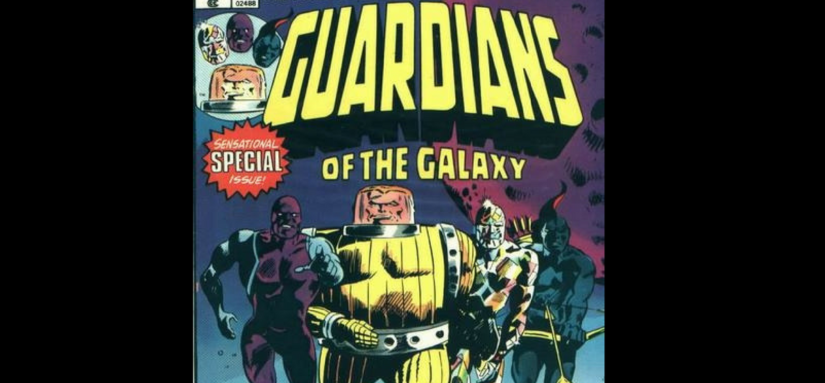
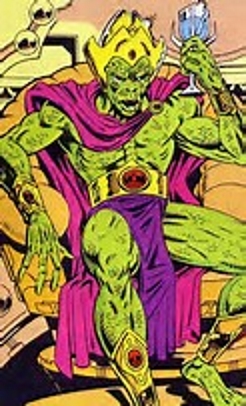
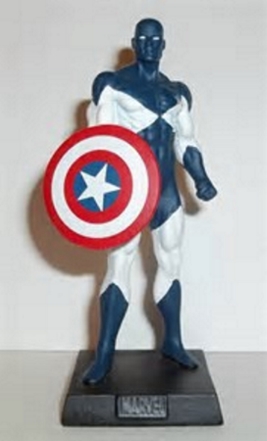
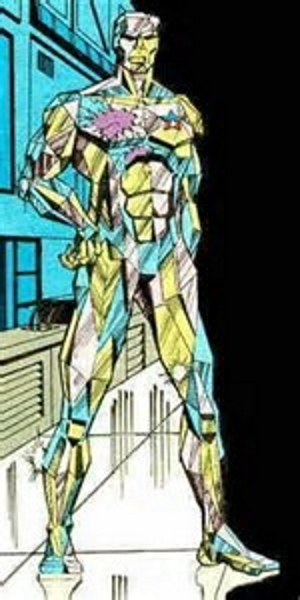
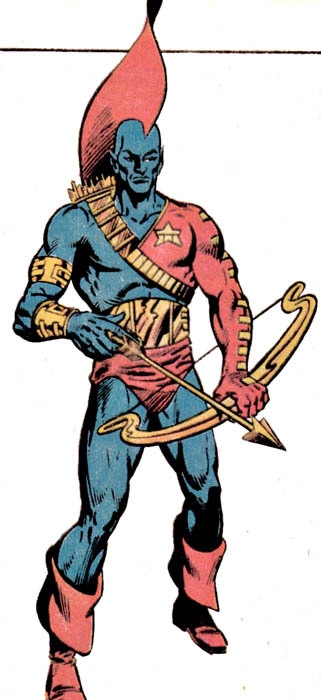
Comments are closed.